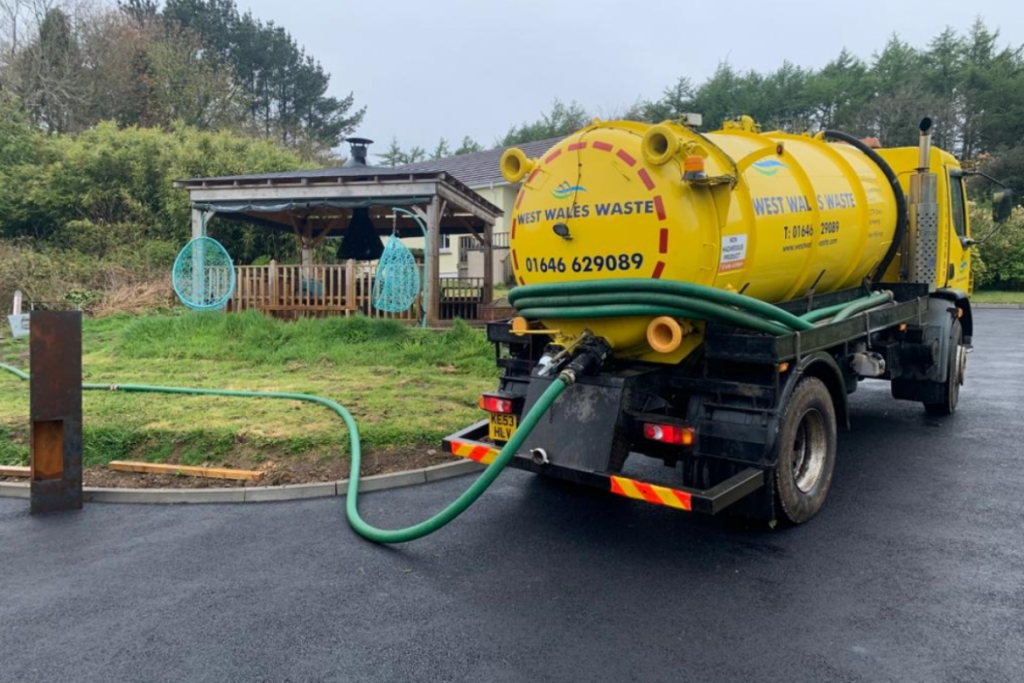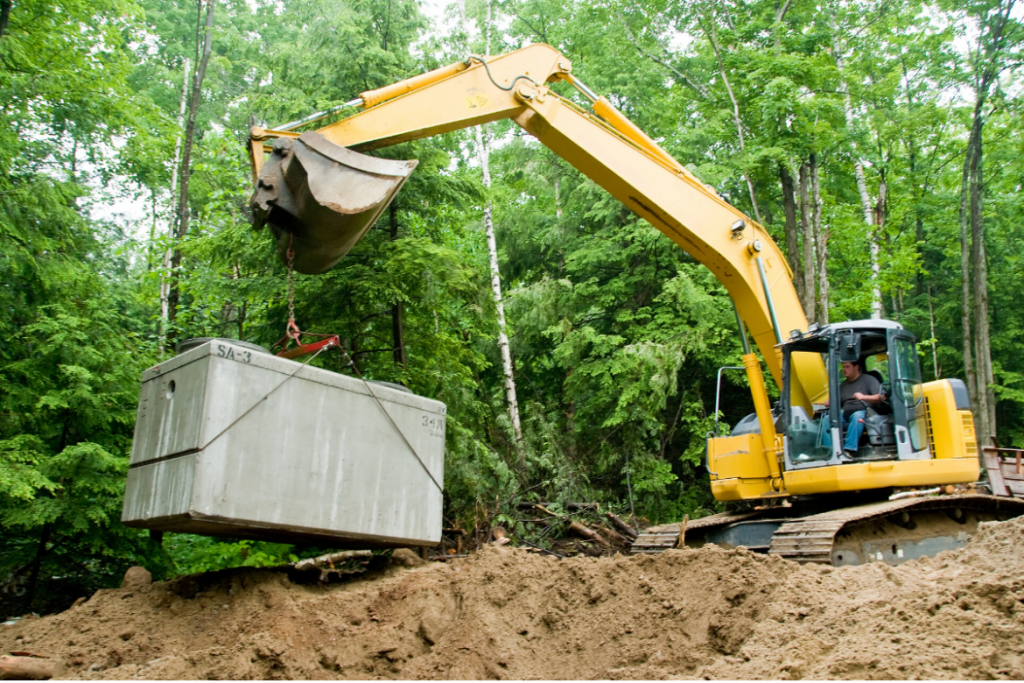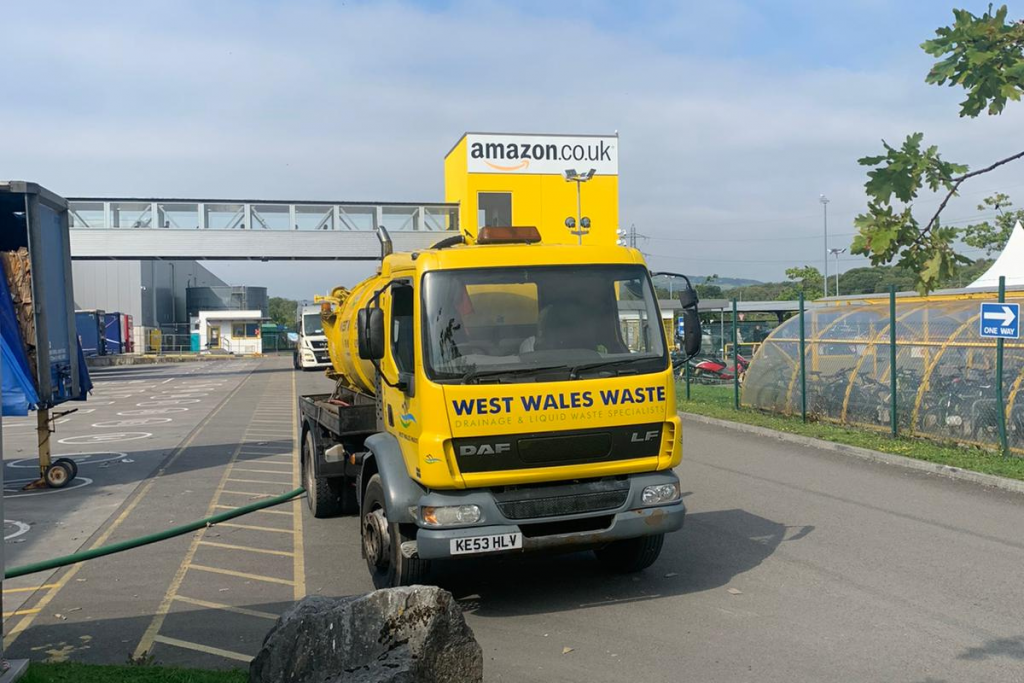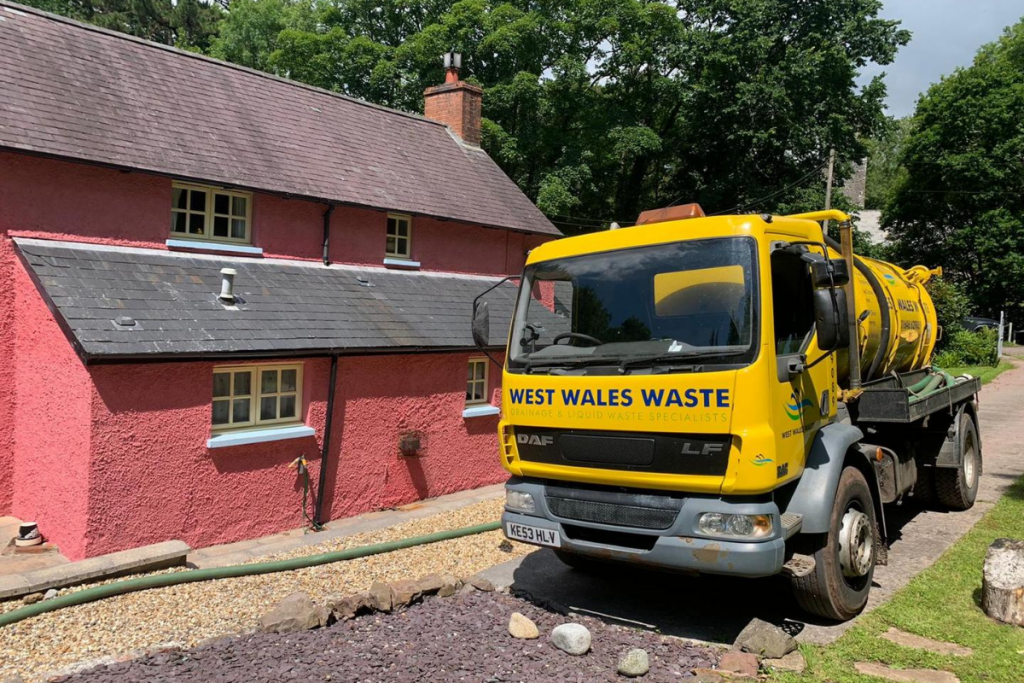How much does drain unblocking & drain jetting cost?
How Much Does Drain Unblocking and Drain Jetting Cost? – A Guide to Understanding the Costs Involved Blocked drains can be a frustrating and disruptive problem, but they don’t have to be expensive to fix. The cost of drain unblocking or drain jetting will depend on the scale of the blockage and the method used …
How much does drain unblocking & drain jetting cost? Read More »




